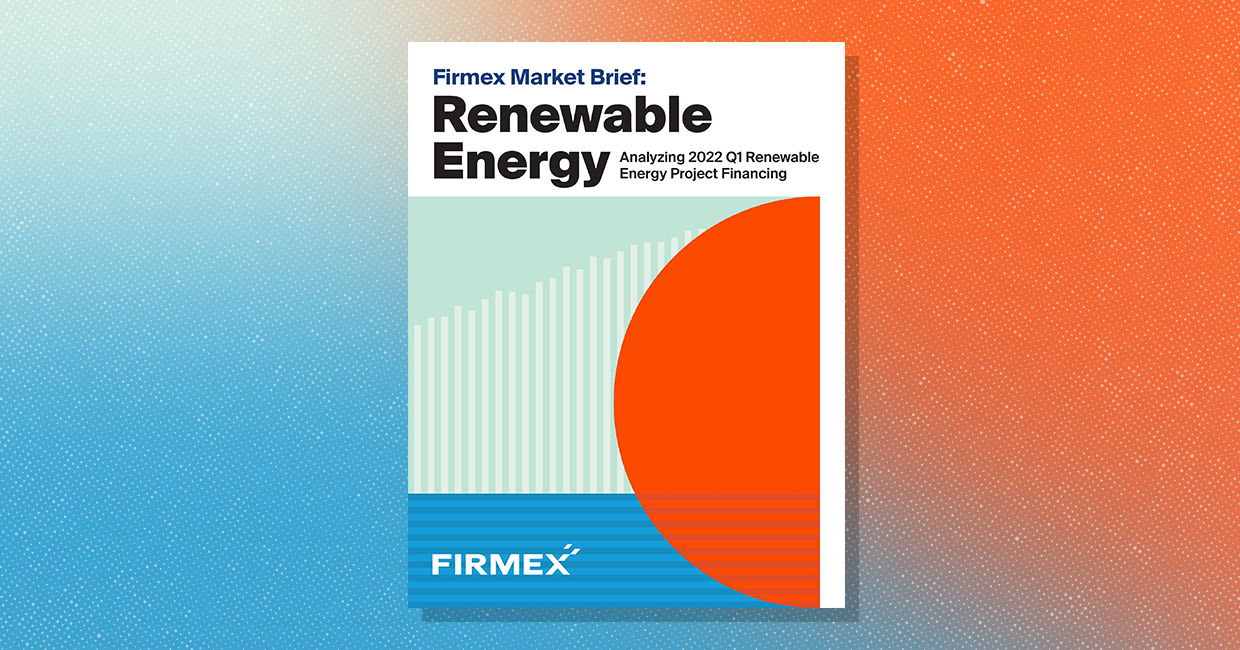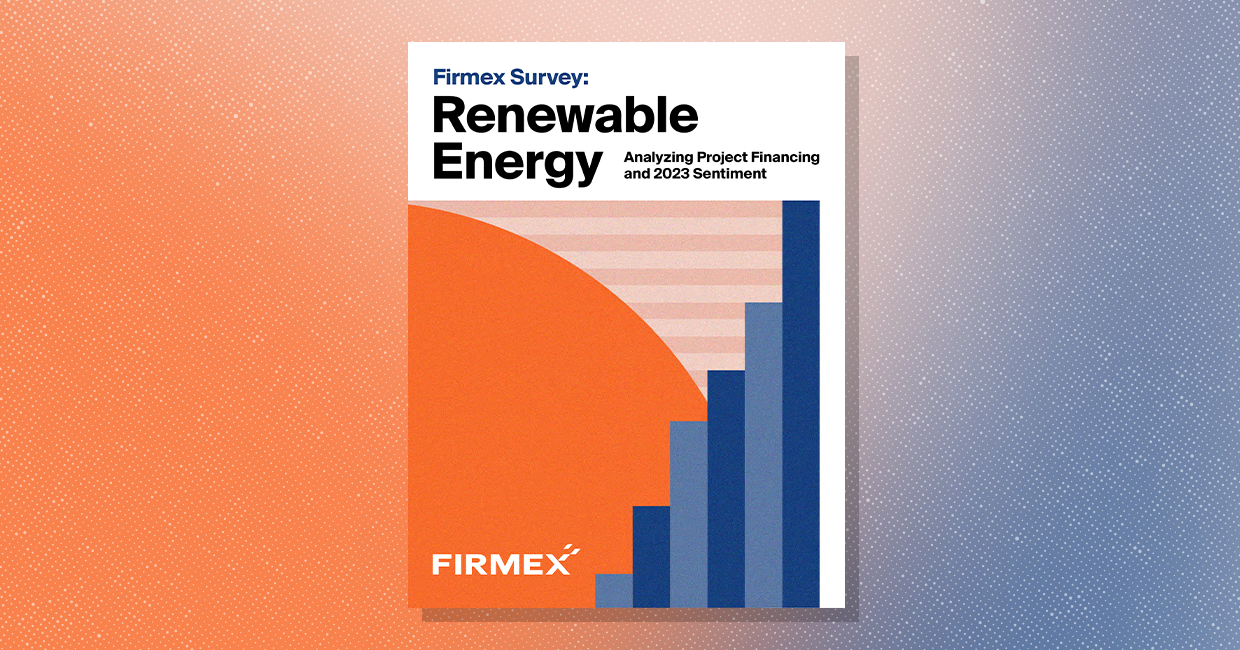Global investment in renewable power and fuels hit $325 billion in 2011 – almost 6 times higher than 2004 levels and almost 90% higher than 2007, the year before the financial crisis hit.
On the face of it, times look good for renewable energy dealmakers, but you need to dig deeper to understand the full scope of the opportunity, and the potential investment and transaction traps this multifaceted industry presents.
Last week, The Deal hosted an insightful webinar about the evolving M&A opportunities in renewable energy.
Four guest panelists from the sector lent their knowledge and expertise to the discussion:
– Justin DeAngelis,Director, Denham Capital Management
– Jarett Carson, Managing Director, EnerTech Capital
– Jonathan Melmed, Partner, Morrison Foerster
– Andrew Rosenbaum, Director, RBC Capital Markets
Fund Manager, Jarett Carson, kicked off the discussion with a general overview of the current market. Although global Cleantech VC investment was up in 2010-2011, the fundraising environment took a hard hit in 2011 and is still recovering in 2012.
In addition to this, the sector has also seen change in where investments are being made. Historically, the North American market has been the main focus, but this is gradually shifting to Asia and Europe – though macroeconomic factors in Europe still present significant challenges.
There is also a clear distinction in which renewable energy assets are performing the strongest. In 2011, VC deals for the energy efficiency and solar assets led the charge, with 150 and 111 deals respectively. Biofuel deals were down significantly from where they were in 2006, with 52 deals recorded, and wind energy – historically a good market in Europe – reached new lows, with just 29 deals.
Financing still available for well structured deals
Andrew Rosenbaum from RBC Capital Markets cited the high grade bond market and commercial bank market as the two viable financing options for renewable energy deals.
However, Andrew also acknowledged the current unattractivess of the credit market, with financing for deals over 10+ years becoming scarcer. High grade bonds therefore offer a good replacement for the lack of commercial bank loans available. But for well structured deals, there is still no challenge is getting access to capital.
Increasing opportunities in emerging markets
Justin DeAngelis, Director of PE firm Dehman Capital Management, then discussed the changing investment landscape for renewable energy. He suggested that prior to 2008, a lot of investment in this sector was being driven by tax credits.
However, “the days of really high priced incentives are pretty much gone. There’s a lot more demand and competition that’s compressing returns. We think the opportunities for renewables are in the more emerging markets, but you have to be careful because not all renewable markets are the same,” Justin said.
Attractive investment opportunities exist outside of the US, in regions such as South Africa, Brazil and Turkey, as demand grows.
Justin cited suggested that yield compression in these markets is very attractive, tax regimes are stable, policy support for renewable energy is strong, and the financing markets are deep and present (with financing available from development banks).
Threats to deal flow in the domestic market
The discussion then turned back to the domestic market, with Jonathan Melmed, Partner at Morrison Foerster, discussing the regulatory hurdles of investing in the US.
As in other industries, the renewable energy sector has seen an uptake in Asia-based capital being invested into the Americas (US and Canada). However, regulatory and political challenges have impacted some of these deals, like the recently blocked Ralls wind farm deal in Oregon.
In September 2012, the Obama government blocked the Chinese-owned company from building four wind farms close to a navy site used for testing drones and electronic warfare training in Oregon, citing the deal as a potential threat to US national security. Surprisingly, the US Government first learned of the Ralls deal after an article was published in the Wind Power newsletter. Jonathan highlighted the Ralls deal as a failure to manage the regulatory process proactively, suggesting a need for volunteer disclosure to the CFIUS prior to deals closing.
Emerging opportunities for the renewable energy sector
The focus then shifted to the fundraising environment that has evolved over the last 12-18 months. Jarett from EnerTech Capital, said fund managers have found greater challenges in raising capital, leading to more challenges for project developers and corporate executives in the renewable sector to raise money as well.
The good news is that the pendulum is starting to swing back towards fund managers that have a good LP basis and a true focus on this sector. The environment to invest in high quality companies and projects has improved substantially in the last 12-15 months, with the slowing of capital into the sector creating more appealing opportunities. As a fund manager, “you can sit back and wait for the right pitch that you want,” Jarett said.
In closing, the panelists considered what impact the US election will have on PTC, and the broader policies that govern the renewable energies sector.
Like this article? Then why not subscribe to Firmex and receive the latest industry insights delivered stratight to your inbox.





